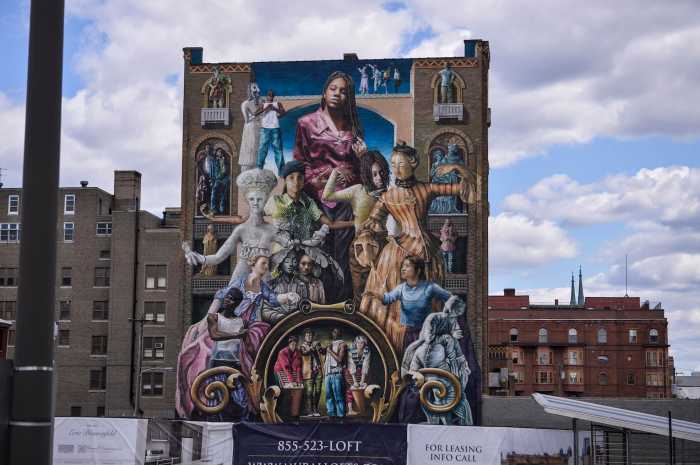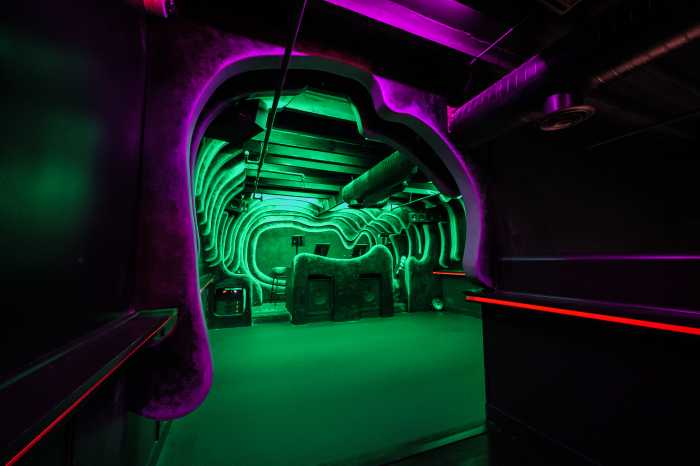Surrounded by stirring, violent depictions of Prometheus’ never-ending struggle with his tormenting eagle by master artists of the Baroque and Renaissance at the Philadelphia Museum of Art, Christopher Atkins’ summation of the familiar myth was amusingly flippant: “Falling nude men being attacked by birds.” The curator’s offhand description was meant to be light-hearted, but bracketed by monumental paintings by Titian and Rubens depicting a taloned bird astride muscle-bound titans seeming to spill out of the frame, perhaps no one-line retelling of the story could hope to measure up. “Wrath of the Gods: Masterpieces by Rubens, Michelangelo, and Titian” places Rubens’ great “Prometheus Bound,” which has been in the possession of the Philadelphia Museum of Art since 1950, in the context of the Flemish painter’s times and influences. In the new exhibit, the ambitious painting is joined by Titian’s similarly large-scale “Tityus” and a Michelangelo sketch of the resurrected Christ that he later reprised in a section of the Sistine Chapel ceiling. Both were influences on Rubens’ painting, while Jacques Jordaens’ own “Prometheus Bound” echoes the Rubens painting a generation later. “The key to this exhibition is the story of Prometheus, a classical myth that seems to have enduring relevance for the human imagination as a metaphor for artistic triumph and brilliance, and resonates with artists today,” said Timothy Rub, the museum’s director and CEO, at a preview. To illustrate that point, the PMA has partnered with Philly’s Locus Moon Press to create a new comic book, “Prometheus Eternal,” featuring stories inspired by the exhibition from comics creators including Grant Morrison (Batman) and Dave McKean (The Sandman). Next up,Frankenstein:
Atkins drew a direct line from the Greek myths related by Aeschylus and Hesiod through the painters in the exhibition to later artists like Mary Shelley, whose “Frankenstein” was originally subtitled “The Modern Prometheus,” and Ridley Scott, director of the 2012 sci-fi blockbuster “Prometheus.” “These are universal themes that date back to the myths from which these stories come,” Atkins said, pointing to the exhibition as “a chance to celebrate one of our great masterworks, but also to elucidate it and explore how Rubens formulated this grand, dramatic picture that has left such a legacy and imprint on us and so many of our visitors over the six decades that it’s been here at the museum.” If you go:
“Wrath of the Gods: Masterpieces by Rubens, Michelangelo, and Titian” is at the Philadelphia Museum of Art through Dec. 6.
See the ‘Wrath of the Gods’ at the Philadelphia Museum of Art

Philadelphia Museum of Art
































